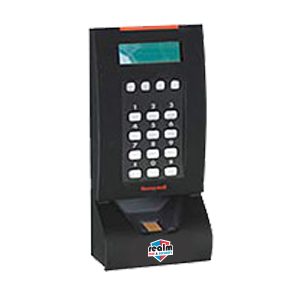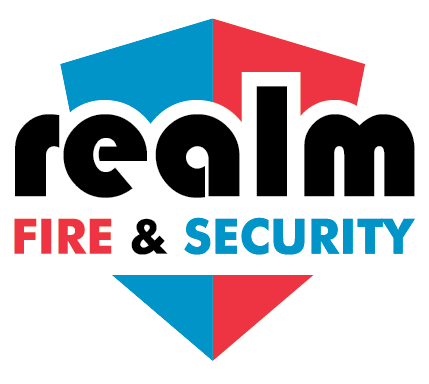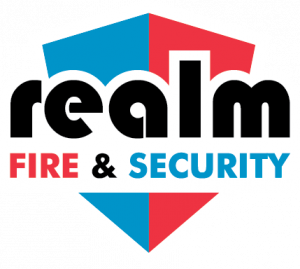Biometric Readers in Aberdeen
Authentication by biometric verification is becoming increasingly common in corporate and public security systems, consumer electronics and point of sale (POS) applications. In addition to security, the driving force behind biometric verification has been convenience. Biometric readers form part of a door entry system and can be part of a larger access control System.
Biometric devices, such as finger scanners, consist of:
- A reader or scanning device
- Software that converts the scanned information into digital form and compares match points
- A database that stores the biometric data for comparison
To prevent identity theft, biometric data is usually encrypted when it’s gathered.

For a Biometric Reader call us today on 01224 710014 or:

Door Entry
The term door entry refers to the practice of restricting entrance to a property, a building, or a room to authorized persons. Electronic door entry uses computers to solve the limitations of mechanical locks and keys.
Advantages of biometrics
Identification using biometric characteristics is preferred over traditional passwords and PIN-based methods for various reasons. For example, the person to be identified is required to be physically present at the time of identification, prevents ‘buddy punching’ which is a common term used to describe unauthorised persons using a valid card or fob to gain access into a restricted area. Identification based on biometric fingerprint scanning removes the need to remember a password or carry a token which also eliminates the risk posed by theft of cards or fobs and the need for constant replacements. Biometric options are also more cost-effective as individuals can be easily removed from the system at no extra cost, as opposed to card-based systems, where the organisation will have to issue a new card to all new personel.
Fingerprint Recognition
Everyone has a unique, unchanging fingerprint. A fingerprint is made of a series of ridges and furrows on the surface of the finger and these are used to determine the uniqueness of the fingerprint. Once registered on the fingerprint scanner, the image of these patterns is converted into a code through a mathematical sequence called an algorithm which effectively becomes a digital form of you. This is stored on a database for comparison which grants authentication and access through the secured door.


